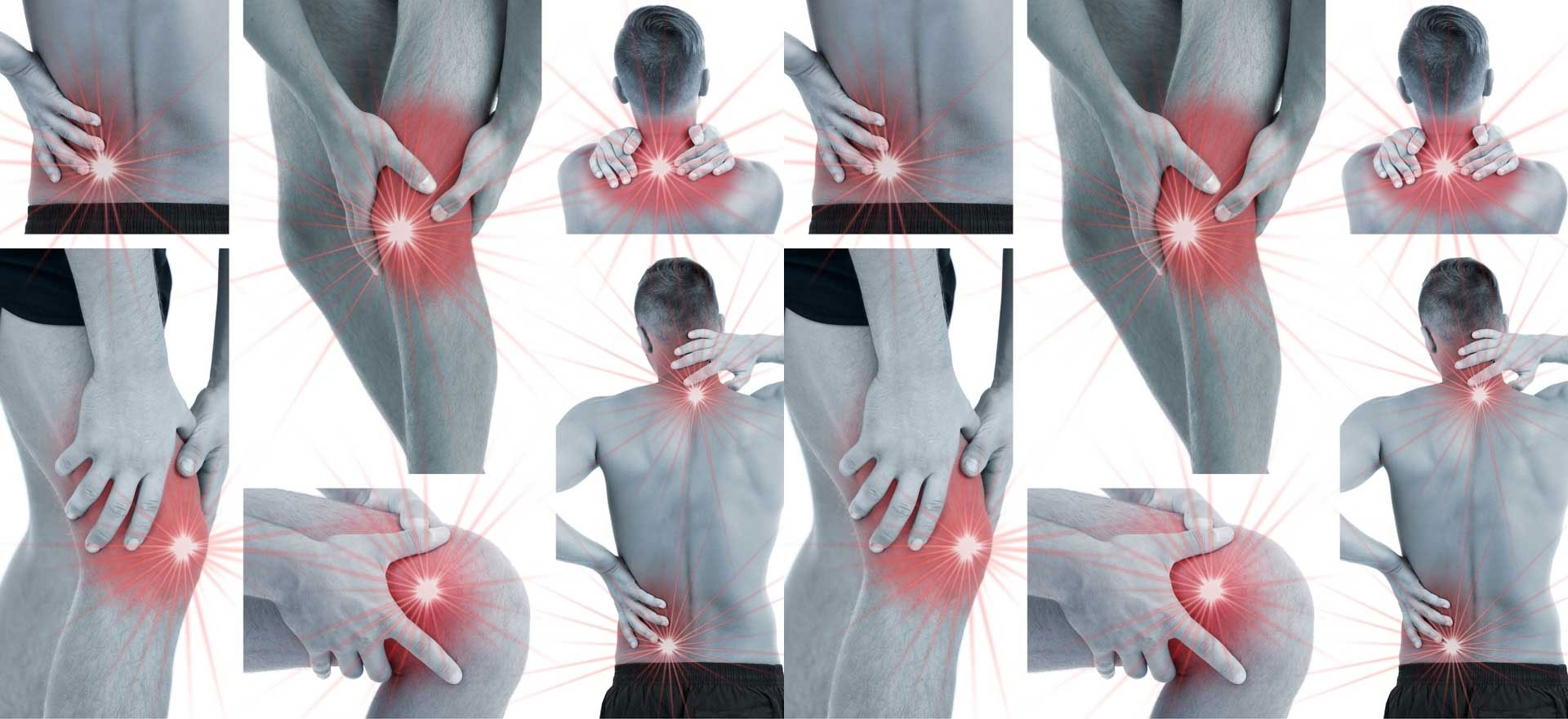Sports Injury

A sports injury refers to damage or harm to the body that occurs during sports or exercise activities. These injuries can affect bones, muscles, ligaments, tendons, and other structures, and they may range from mild to severe. Sports injuries can result from various factors, including accidents, overuse, improper training techniques, or inadequate warm-up.
Types
Common types of sports injuries include:
- Sprains and Strains: Sprains involve the stretching or tearing of ligaments (connecting bone to bone), while strains involve damage to muscles or tendons (connecting muscle to bone). These injuries often occur due to sudden movements or overexertion.
- Fractures: Broken bones can result from impact or excessive force during sports activities. Stress fractures, which are tiny cracks in the bone, can also occur with repeated stress.
- Dislocations: A dislocation happens when the bones in a joint are forced out of their normal positions. This can occur in joints like the shoulder or knee and is often a result of a traumatic incident.
- Tendon Injuries: Tendons connect muscles to bones, and injuries such as tendonitis (inflammation) or tendon ruptures can occur, often due to overuse or repetitive motions.
- Concussions: Head injuries, including concussions, can happen in contact sports. Concussions result from a blow to the head, causing temporary impairment of brain function.
- Overuse Injuries: Repetitive motions or excessive training without adequate rest can lead to overuse injuries such as stress fractures, tendinitis, or bursitis.
- Contusions (Bruises): Impact or blunt force can cause bruises, which are the result of broken blood vessels under the skin.
- Ligament Injuries: Injuries to ligaments, such as the anterior cruciate ligament (ACL) in the knee, are common, often occurring during sudden stops or changes in direction.
Preventing sports injuries involves proper training techniques, warm-up and cool-down routines, the use of protective gear, and maintaining overall fitness. Treatment for sports injuries varies depending on the type and severity but may include rest, ice, compression, elevation (R.I.C.E.), physical therapy, and in some cases, surgical intervention.
Prompt and appropriate medical attention is crucial for managing sports injuries to minimize long-term consequences and facilitate a speedy recovery. Athletes and individuals engaging in physical activities should prioritize safety, listen to their bodies, and seek professional guidance for injury prevention and rehabilitation.
Sports Injury Treatments
The treatment of sports injuries can vary depending on the type and severity of the injury. Here are some common treatments for sports injuries:
Rest: Rest is often the first line of treatment for many sports injuries. It allows the body to begin the healing process by minimizing stress on the injured area.
Ice: Applying ice to the injured area helps reduce swelling and numbs the pain. This is typically done in the first 48 hours following an injury.
Compression: Compression with bandages or compression sleeves helps control swelling and provides support to the injured area.
Elevation: Elevating the injured limb or body part helps reduce swelling by allowing fluids to drain away from the injured area.
Physical Therapy: Many sports injuries benefit from rehabilitation through physical therapy. Therapists design exercise programs to improve strength, flexibility, and range of motion.
Medications: Over-the-counter pain relievers, such as ibuprofen or acetaminophen, may be recommended to manage pain and inflammation. In some cases, prescription medications may be necessary.
Bracing and Supports: Splints, braces, or supports may be used to stabilize and protect the injured area during the healing process.
Casting or Immobilization: For more severe injuries or fractures, casting or immobilization may be necessary to allow proper healing.
Injections: In certain cases, corticosteroid injections may be administered to reduce inflammation and alleviate pain.
Surgery: Some sports injuries, particularly severe ligament tears or fractures, may require surgical intervention. Surgery is often considered when conservative measures fail to provide relief or when the injury is deemed severe.
Regenerative Medicine: Emerging treatments, such as platelet-rich plasma (PRP) therapy and stem cell therapy, aim to promote tissue healing and regeneration. These treatments are still under investigation for their effectiveness in sports injury management.
It's important for individuals with sports injuries to consult with healthcare professionals, such as orthopedic specialists or sports medicine doctors, for a proper diagnosis and treatment plan tailored to their specific condition. Early and appropriate intervention can contribute to a faster and more effective recovery, reducing the risk of long-term complications.
